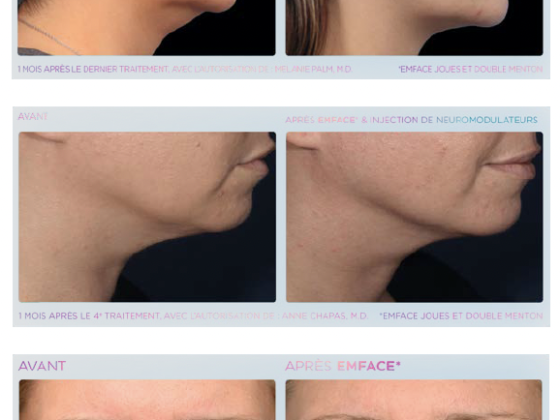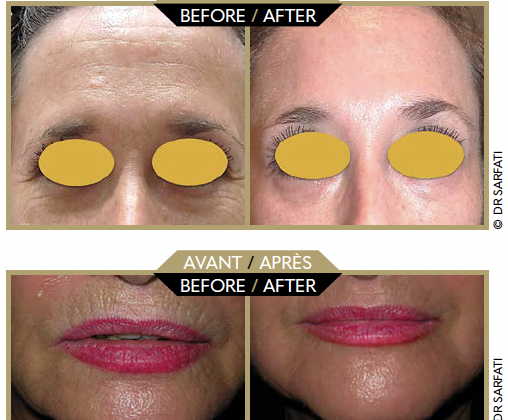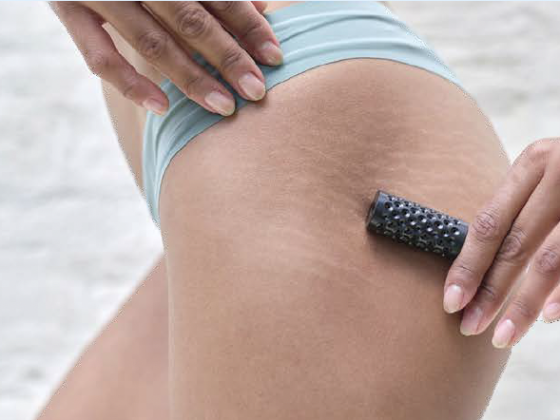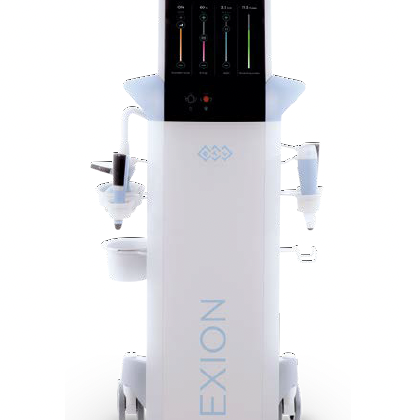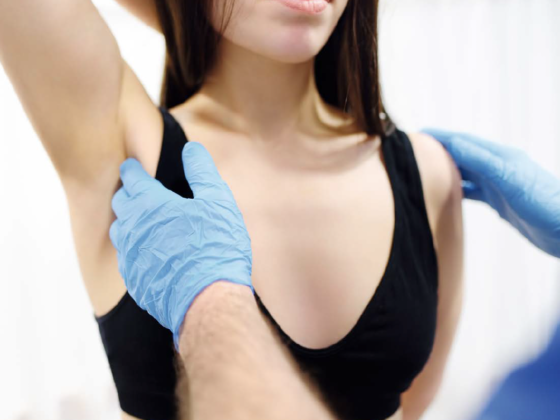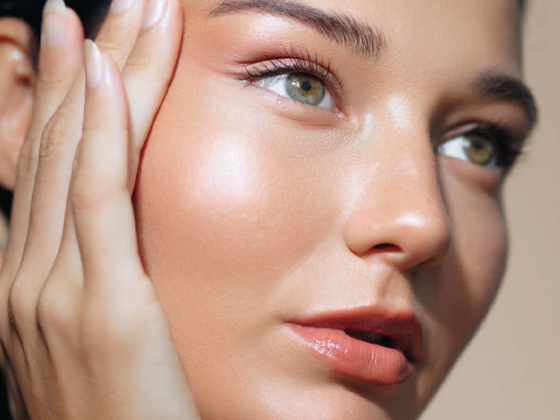Incorporate the deep anatomy for a tailored aesthetic
Dr Marc Divaris
My study, published in 2025 in Plastic and Reconstructive Surgery Global Open, is based on the 3D analysis of 615 faces and 189 skulls from the Musée de l’Homme in Paris. It shows that, invariably, every face presents consistent structural dissymmetry, which can be identified by precise bony projections.

1- Malar projection: the fundamental marker
The malar projection point (Mal point), the zygomatic bony projection, is systematically closer to the median line of the narrow side of the face, the right-hand side in more than 80% of cases. This point, which can be measured on skulls as well as scanned faces, is the basis for the following asymmetry chart:
• Right-hand side (narrow): narrower eye socket in two-thirds of cases, slightly higher and more central cheekbone, less protruding half of the forehead, etc.
• Left-hand side (wide): more open facial angle, often lower cheekbone, lower eyebrow, more pronounced jowl, slightly sticking out ear, etc.
2- Embryological origin – Dissymmetry begins in the fifth week in the womb
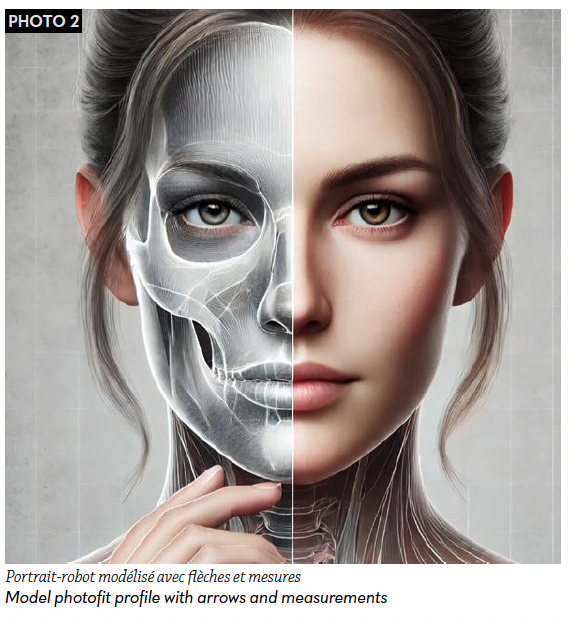
By analysing the average differences, the study allows us to date the appearance of dissymmetry to the fifth week of embryonic life, the moment when the facial buds fuse:
• Three central buds fuse first: outer nose, inner nose and upper jaw bone.
• The two most distal buds (forehead and lower jawbone) fuse later, in a cascade effect, by way of a sprocket mechanism.
This dynamic explains morphological constants:
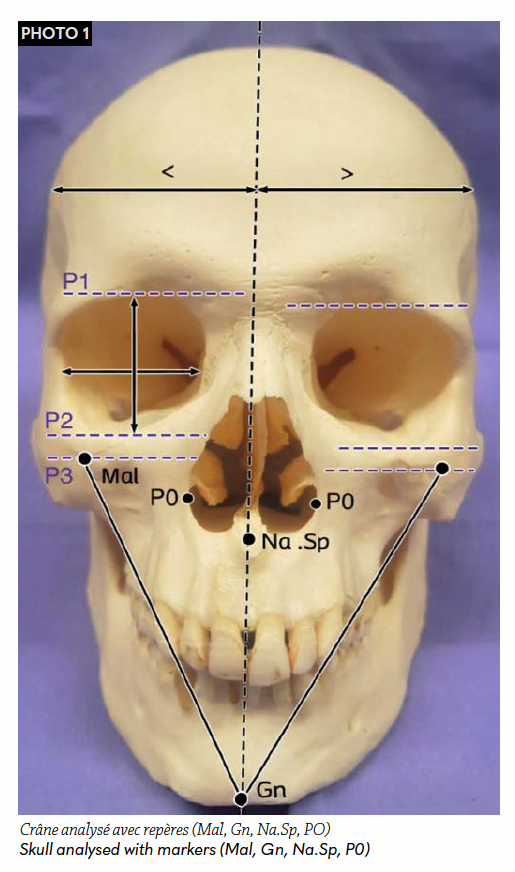
• A longer forehead line on the narrow side, which translates to a less protruding forehead.
• The ear sticks out on the wider side, which is connected with a larger opening at the temple bone.
Facial dissymmetry therefore sets in as soon as development begins and continues throughout the growth phase.
3.- Concrete applications in aesthetic medicine
• Narrow side (generally on the right): lower internal bone tension, often requiring more filler to balance out the volumes (cheekbones, tear trough, upper lip).
• Wide side (generally on the left): since the bony volumes already support the tissues, restrained filling is usually enough in most cases. We primarily adjust the direction of traction (with a lift or tensor threads).
In rhinoplasty, the external nasal wall tends to be further out on the wider side, altering the perception of nasal symmetry.
But beyond anatomy, the human eye has its preferences. The left-hand side, which is wider and plumper, is often seen as more attractive. This is the favoured side in photography (three-quarter profile), as it catches the light better thanks to its natural convexity. This can be seen in great portraits in the history of art: the “Mona Lisa” and “Girl with a Pearl Earring” are both painted from the side, a sign that artistic intuition preceded morphological analysis.
Facial aging also follows this sequence:
• Wide side: more marked jowl, tissue sagging due to a lower and heavier facial mass.
• Narrow side: faster loss of facial structure, “hollow/gaunt” appearance.
4.The average modern-day face – a statistical model
Using the full set of quantified data, a photofit profile of the average modern-day face has been created, summarising the most frequent characteristics. This is a useful teaching tool for guiding pre-therapeutic morphological analysis.
5.Multi-ethnicity clinical examples
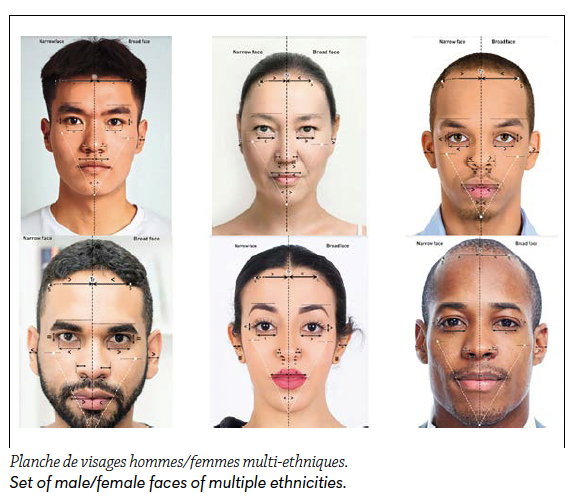
The analysis was confirmed in patients from diverse origins, both men and women, showing the consistency of asymmetries regardless of the ethnic group. We observe the same pattern: right-hand side narrower, left-hand side wider.
From knowledge to therapeutic strategy: Dissymmetry is not an anomaly to correct, but rather a foundation to understand. By integrating it in the analysis phase, aesthetics doctors can adapt their filling and traction techniques to the inner forces of the face, to achieve long-lasting, subtle results that respect the patient’s identity.
Dr Marc Divaris

Plastic surgeon, hospital practitioner in the plastic and maxillofacial department (Salpêtrière Hospital – Pierre & Marie Curie University, Paris VI)
More informations: marc-divaris.com






